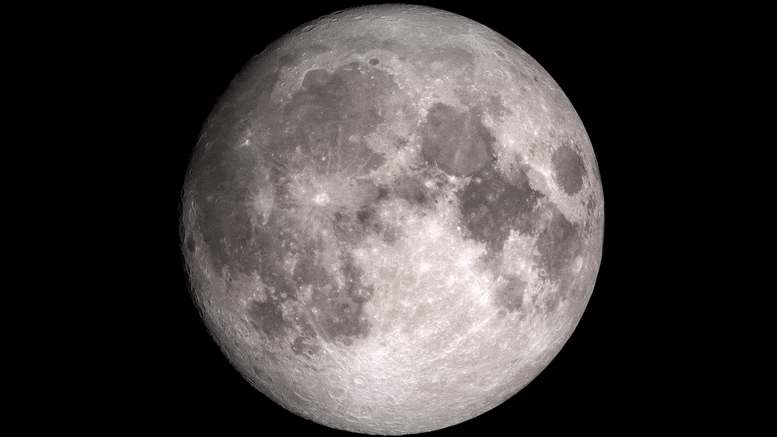
Immortalized in images of “Apollo astronauts” lunar footprints, the dusty surface of the moon formed as the result of asteroid impacts and the harsh environment of space breaking down rock over millions of years. An archaic layer of this material, covered by periodic lava flows and now buried under the lunar surface, could provide new insight into the Moon’s deep past, according to a team of scientists.
A team, led by Zhu, conducted a new analysis of radar data collected by China’s Change 3 mission in 2013, which performed the first direct ground radar measurements on the moon. “Using careful data interpretation, we found interesting new evidence that this buried layer, called paleoregolith, maybe much thicker than previously expected,” said Tieyuan Zhu, assistant professor of geophysics at Penn State. “These layers have been undisturbed since their formation and could be important records for determining early asteroid impact and volcanic history of the moon.”
Since the moon has experienced volcanic activity throughout its history, depositing lava rock on the surface. Over time, the rock breaks down into dust and soil, called regolith, with repeated asteroid impacts and space weathering, only to be buried by subsequent lava flows, the scientists said. “Lunar scientists count craters on the moon and use computer models to determine the rate that regolith is produced, our findings provide a constraint on what happened between two and three billion years ago. This is the very unique contribution of this work,” Zhu said.
Modicum researchers identified a thick layer of paleoregolith, roughly 16 to 30 feet, sandwiched between two layers of lava rock believed to be 2.3 and 3.6 billion years old. The findings suggest the paleoregolith formed much faster than previous estimates of 6.5 feet per billion years, the scientists said. The scientists observed changes in polarity as the electromagnetic pulses traveled down through the dense lava rock and the paleoregolith, allowing the team to distinguish between the different layers. Previous studies have examined the dataset, created when the Yutu rover sent electromagnetic pulses into the lunar underground and listened as they echoed back. Zhu said his team developed a four-step data processing flow to enhance the signal and suppress noise in the data.
Zhu said that “We discovered this polarity change in the data and created a detailed geophysical image of the subsurface up to a few hundred meters depth.” He also indicated that the data processing tools may have been used for interpreting similar data collected during future missions to the moon, Mars, or elsewhere in the solar system. His team is now working with machine learning technology to further improve the findings. The results may indicate higher meteoric activity in the solar system during this period billions of years ago, according to the team, who recently reported their findings in the journal Geophysical Research Letters.
Lastly Zhu added that, “here at Penn State, we already made this workflow as an open-source code for colleagues and I would say we used traditional data processing techniques, but we looked at the data with more care and designed its suitable workflow for such lunar data because this is a very different environment than Earth.”







